Story
Making It Possible
The Latino Economic Development Center Assists Businesses and Entrepreneurs with Grants, Training and Support
DATE
November 21, 2022
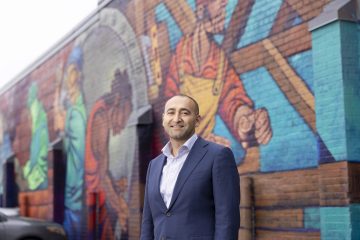
By Patrick Condon
Henry Jiménez moved to Minnesota in 2008, hoping to make a career out of advocacy in what he now calls “the Land of 10,000 Nonprofits.” It’s the kind of local insider’s reference that speaks to the community roots this California native laid down here in the years since.
Jiménez found what he wanted from a job as executive director of the Latino Economic Development Center (LEDC), where since February 2019 he has led the nearly two-decades-old, membership-based nonprofit’s efforts to cultivate and grow business owners and entrepreneurs from among Minnesota’s rapidly expanding Latino population.
What he couldn’t find as a new transplant in the late 2000s Twin Cities was a paleta.
,
“When I moved here, what’s the first thing I’m going to look for? Something I’m used to, something I like,” Jiménez said during a recent interview in a common area of LEDC’s brick-clad office building just off Seventh Street East in St. Paul. “I wanted a paleta. A Mexican-style popsicle. I couldn’t find one anywhere. I’m cool with Dairy Queen, but man, did I miss that strawberry or tamarindo or cocoa-flavored ice cream pop.”
Today, Jiménez can walk out – LEDC’s front door into the Dayton’s Bluff neighborhood and down the block to La Michoacana Purepecha, which sells paletas in dozens of flavors and varieties, just one variety of the Mexican-style ice cream treats that fill the freezers.
,
It speaks to the flowering of immigrant ownership in the Twin Cities – a success story that LEDC and three other local immigrant advocacy groups has, with support from the Bush Foundation, worked in recent years to protect and preserve amid the ravages of the pandemic economy and social unrest.
,
The part of the Capitol City where LEDC set down roots, up the hill and east of downtown, is one of a few St. Paul and Minneapolis enclaves that have become veritable incubators for Latino-owned businesses in recent decades. Jiménez, the son of a father from Mexico and a mother from El Salvador, can now easily share a beloved childhood treat with his own daughter and son, Minnesota natives.
“It’s not just that we’re helping to develop and expand Latino businesses,” Jiménez said. “It’s that we’re helping develop and expand Latino culture. The Spanish word for Minnesotan is ‘Minnesotano.’ I want my children to be able to experience some of what I experienced growing up. And it’s important for us to clarify that’s not just Latino culture. It’s Minnesota culture, moving forward.”
,
POPULATION BOOM
Forty years ago, Minnesota’s Latino population numbered about 30,000 people. The most recent U.S. Census had it at about 346,000. Immigrants to Minnesota from Mexico and other countries in Central and South America have settled in enclaves throughout Minnesota, raising kids and grandkids as Minnesotans. The population spike’s wake saw a wave of Latino-owned restaurants and markets, retailers and service providers proliferate along Minneapolis arterials like Lake Street and Central Avenue, on St. Paul’s West Side and in Dayton’s Bluff, and more and more in pockets of suburbia, regional cities, even farm towns.
,
Since its founding in 2003, LEDC has helped direct that rise. It was born of a cooperative effort that established Mercado Central, a small indoor network of food stands, retailers and other businesses at the corner of Lake Street and Bloomington Avenue in south Minneapolis. LEDC has dispensed loans and grants, trained budding entrepreneurs in owning and operating businesses, solved problems and put out fires, built relationships and partnerships, and acted as cheerleader for local Latino ownership. The organization was among the winners of a 2017 Bush Prize for Community Innovation.
“I think they are pretty unique within the metro area,” said Rudy Guglielmo, grantmaking officer at the Bush Foundation.
,
Guglielmo, who is Mexican American and grew up in Arizona, has lived in Minnesota for 16 years.
,
“In some ways the Latino community has not been as visible as other communities of color. They [LEDC] provide access and visibility,” Guglielmo said. Just as important, he said, LEDC’s status as a Community Development Financial Institution (CDFI), which allows it to make loans, is important at a time when place-based CDFIs have been on the decline. “The key issue in establishing ownership is access to capital, and without organizations like this, that wouldn’t happen,” he said.
,
“They are what got me to where I am,” said Alejandro Gutierrez, owner of Moler Barber School on Arcade Street in St. Paul. Now 50, Gutierrez emigrated from Mexico in 1995, securing a factory job. By 2008, well into his working life but with little notion of long-term financial stability or a retirement plan, Gutierrez’s beautician wife suggested he give her profession a try. “I found out I liked it,” Gutierrez said. A few years later, looking to open his own barber shop, he paid a visit to LEDC.
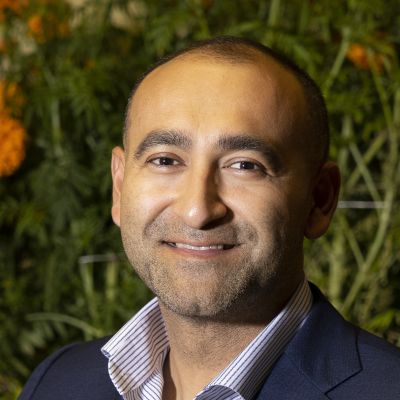
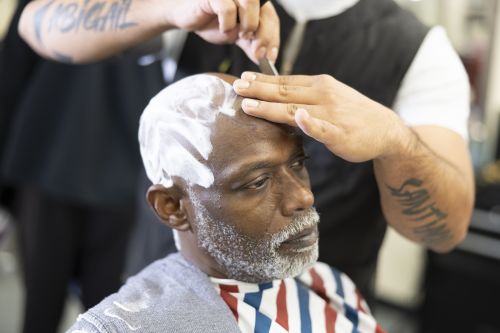
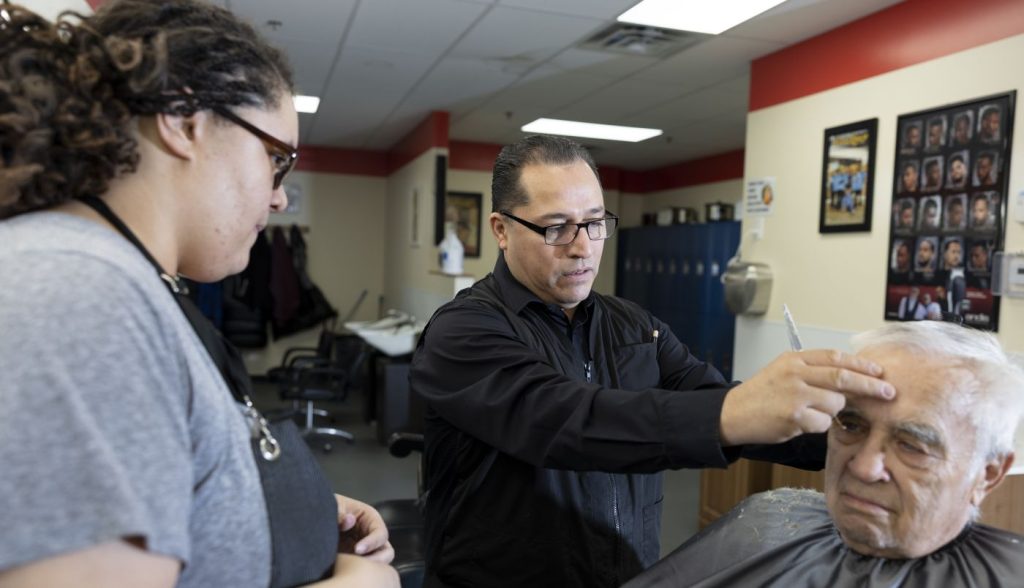
“They said, here’s an opportunity we think you should consider,” he recalled. It was a Moler Barber School on the market. A local institution that dates to the late 19th century, Moler is where Gutierrez had learned to cut hair. With help from LEDC, he lined up financing, and by 2017 the school was up and running under his ownership. Training new generations of barbers has become his family business: Gutierrez’s wife is his “partner in crime,” he said; his daughter is his assistant, and her husband, one of Gutierrez’s first students in 2017, is now the school’s head instructor.
,
Success stories like that have consistently increased over the years proliferated as LEDC’s services spread by word of mouth through the tight-knit local Latino community. Then came 2020.
,
UNPRECEDENTED CRISIS
Inside Mercado Central’s colorful, mural-decorated Lake Street building on a recent weekday, the lunchtime traffic was brisk but not exactly heavy. Like a lot of retail and commercial spaces circa now, as the COVID-19 pandemic seems to both recede and linger, it felt encouraging for those craving a return to a sense of community life. No doubt the small business owners who’ve weathered two and a half years of business as unusual must be desperate for anything that looks like stability.
,
At Cocina San Marcos, owners Marcos and Luisa Hernández moved efficiently in tandem in the small kitchen as noon approached. Savory smells of spicy meat and masa rose from the closely tended grill. Large, bright signs (conceived with marketing help from LEDC) were embossed with pictures of menu items – gorditas, quesadillas, picaditas, huaraches, empanadas, and other food the Hernándezes say originated from recipes and techniques passed down from generations of their Mexican families. Twenty dollars can still buy a delicious, filling lunch for two here. The couple has owned and run the restaurant for a decade, an opportunity that presented itself when the previous owner offered to sell it Marcos and Luisa, who was an employee at the time.
For a decade they kept up. But “COVID-19 affected our business,” Marcos Hernández said in a quick, over-the-counter interview. Rico Durán, the business development lead at LEDC, translated. “The Mercado was closed for three months. During that time we didn’t have any income, and even after the restrictions lifted, it was a slow comeback.” Less than three months into the pandemic came what Hernandez called “the disturbance on Lake Street that happened.”
,
Various studies, including one from the Brookings Institution, showed that business owners of color did not get equal treatment in early rounds of loans from the federal Paycheck Protection Program, the small business assistance program passed by Congress in the early months of the pandemic. “Small businesses in majority-white neighborhoods (received) PPP loans more quickly than small businesses in majority-Black and majority-Latino or Hispanic neighborhoods,” Brookings concluded.
,
The challenges of the pandemic and the unrest following the murder of George Floyd created unprecedented challenges for LEDC and the businesses it supports. LEDC responded on its own and in collaboration with other immigrant business serving organizations. LEDC came together with the African Development Center (ADC), African Economic Development Solutions (AEDS) and CAIR-MN, the local chapter of Council on American-Islamic Relations, to create the Rebuild & Heal MN initiative.
The collaboration aimed to support immigrant-owned businesses on Lake Street in Minneapolis, the Midway area in St. Paul and other business corridors. Each organization in the initiative has deep relationships within immigrant communities to help lead and support ongoing recovery efforts. The Bush Foundation made a grant of $208,000 to support Rebuild & Heal MN in 2020 with an additional $300,000 in funding in 2021. The Foundation worked to expedite consideration for its Community Innovation grants to make sure funds were getting out as quickly as possible to respond to immediate challenges and help build lasting community capacity.
,
“We knew that to respond to the challenges of the moment, we needed to be flexible and focused on immediate impact,” said Ramla Bile, grantmaking officer at the Bush Foundation who helped coordinate the grant to Rebuild & Heal MN.
,
“They knew who needed windows boarded up, they knew who had significant inventory loss, they knew what was actually happening on the ground,” Bile said.
Jaylani Hussein, executive director of CAIR-MN, said that the four organizations, collaborating at a level not previously seen locally, worked efficiently together to distribute resources quickly to business owners in distress.
,
“Everyone worked at warp speed. It was amazing to be part of it,” Hussein said. “I see it as a testament to the intersection of shared goals and the trust our organizations have built among these businesses on Lake Street, these businesses in the Midway. It really met the moment.”
,
Most of the grant money went directly to business owners who used the money to meet payrolls, cover rent and keep afloat during a historically challenging time.
,
“I think we would have closed without it,” Marcos Hernández said. Luisa nodded enthusiastically behind him. “You guys cared for us,” she said. Cocina San Marcos got a total of $17,000 in grants from Rebuild & Heal MN because of the Bush Foundation’s support.
,
Around the corner and down a hallway, Jose Zavaleta is working over a large ironing board at tiny, tidy Sastreria don Jose, his Singer sewing machine at his back. He got $6,200 in all from LEDC.
“We were closed for seven months. I was paying rent with savings, with my own money,” Zavaleta said. The grant helped this tailor from Peru cover rent expenses and stay afloat. More recently he was able to cover the cost of a return trip to Peru, where his wife was still living. She had become seriously ill and he was able to bring her back with him to Minnesota, he said.
,
“We’ve been able to keep up the fight,” Zavaleta said.
,
Within Rebuild & Heal MN, there is a shared sense that there’s still plenty of struggle to come for immigrant business owners. The partnership that’s been fostered within the collaborative represents disparate backgrounds that may be able to act as a model for future efforts to make everyone stronger.
,
“Everyone should know that not all businesses came back,” said Gene Gelgelu, executive director of AEDS. “There is still a lot to do.”
,
AUTONOMY IN APPLICATIONS
On a recent afternoon, Jiménez and others gather inside LEDC’s St. Paul building to create a warm hive of activity. During a tour, Jiménez, wiry and intense in chunky eyeglass frames and a T-shirt advertising a then-upcoming Lake Street taco tour, proudly showed off the building’s commercial sized refrigerator, which LEDC rents out to a small grocery store nearby that lacks its own refrigerated storage capacity. The Dayton’s Bluff Community Council co-owns the building, and the two organizations share the space. Employees worked in small clusters, the vibe informal but purposeful, the mood friendly.
,
Ahead of an appointment, Jiménez had just welcomed in two young women with two young children, given them all water and let them use outlets to charge their cell phones. They “don’t have a place to stay right now,” Jiménez said later.
,
“You don’t need to tell me that they needed something, and I don’t need them to fill out an application in order to help them,” Jiménez said.
,
By working together through the Rebuild & Heal MN initiative, the collaborating organizations were able to act quickly and determine where the funds were most needed.
He saw a parallel with the way the flexible Bush Foundation grant support gave the Rebuild & Heal MN collaborative similar flexibility to disperse funds to impacted businesses: quickly, and with a minimum of red tape. By working together through the Rebuild & Heal MN initiative, the collaborating organizations were able to act quickly and determine where the funds were most needed.
,
“There wasn’t a lot of messing around with application portals. Folks at that time had enough of those,” Jiménez said. “There was a sense of, Henry, we trust you and your partners, because you’ve been doing this work, to regrant this money to the businesses that need it the most.”
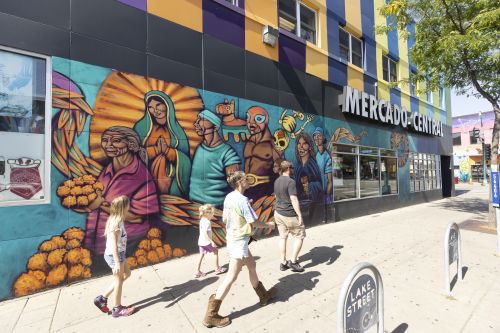

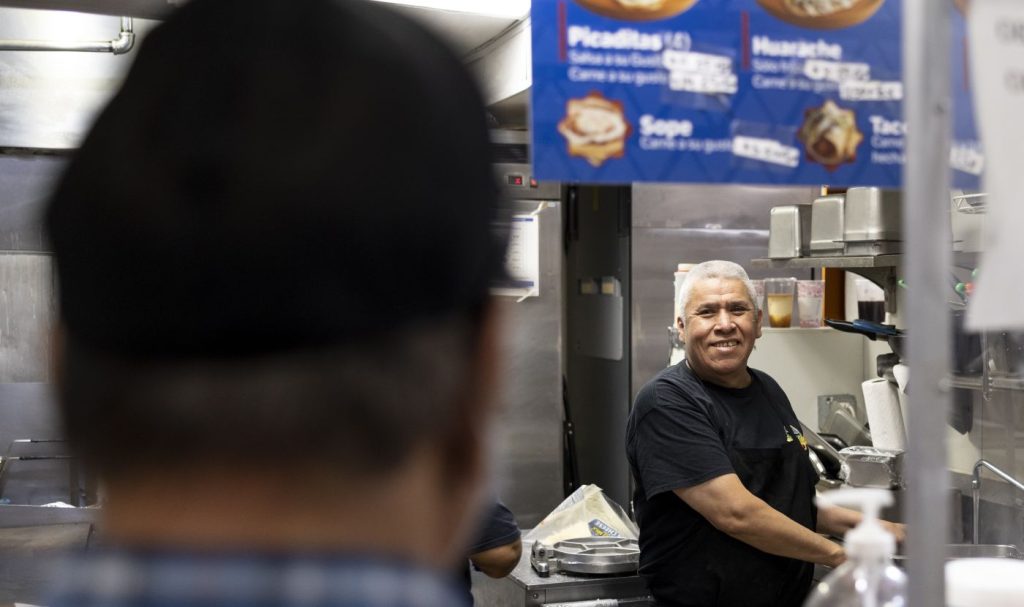
Patrick Condon is a night metro editor at the Star Tribune, where he has worked since 2014. He previously spent more than a decade as a reporter with the Associated Press. He is a graduate of the University of St. Thomas and lives in Minneapolis.
Jenn Ackerman and Tim Gruber are a husband and wife photo team living in Minneapolis, MN. Despite their work taking them around the globe they love documenting life around the Midwest. They’ve been fortunate to work regularly for clients like National Geographic and The New York Times. While the camera is a simple tool they love that it has been a catalyst for experiencing so many new things in life. When you don’t find them behind a camera you can find them going on neighborhood walks or bike rides soaking up the best nature Minneapolis and Minnesota has to offer.
Continue reading
-
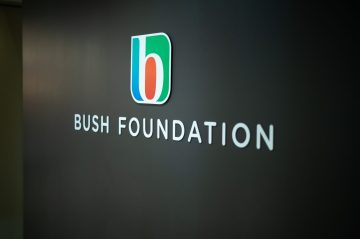
News
Opportunity to work with us
As part of our office move later this year, we are exploring possibilities for the build out of the ground floor of the building. We are in the early stages of this and considering different types of operating models and potential partnerships.
-
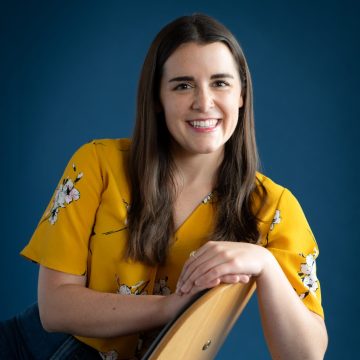
Staff note
Coordinating the work of our contact hub
We aim to be radically open in all that we do, and that includes being more accessible to more people and sharing what we learn along the way.
-
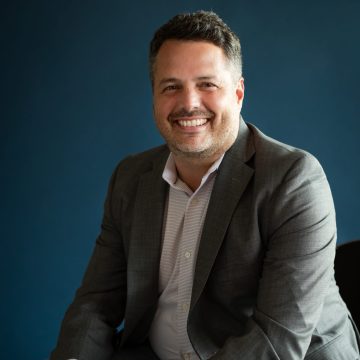
Staff note
Making every dollar work through impact investing
We have benefitted from the experience of other funders as we developed our impact investing approach. Now we are paying it forward and sharing what we have done and what we have learned.